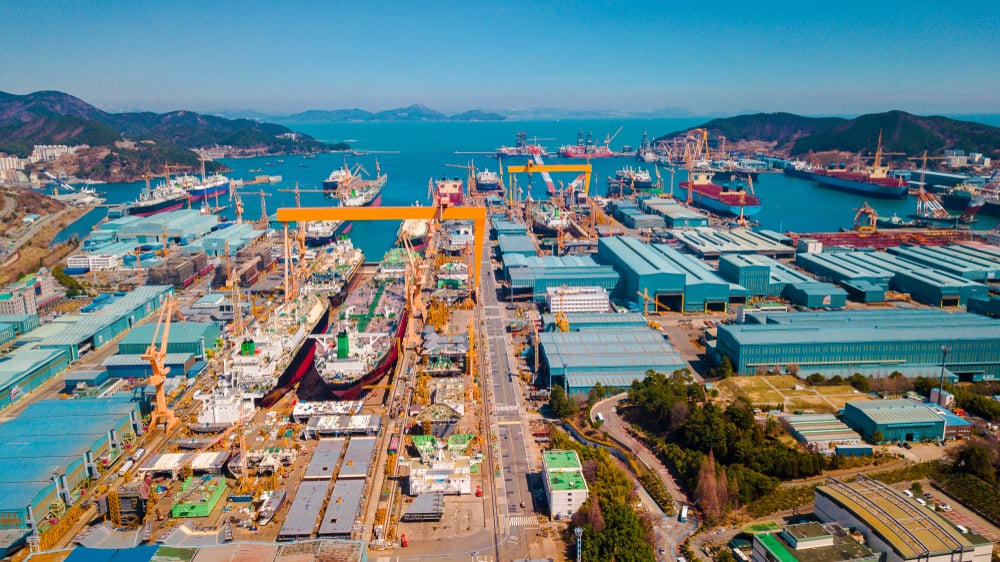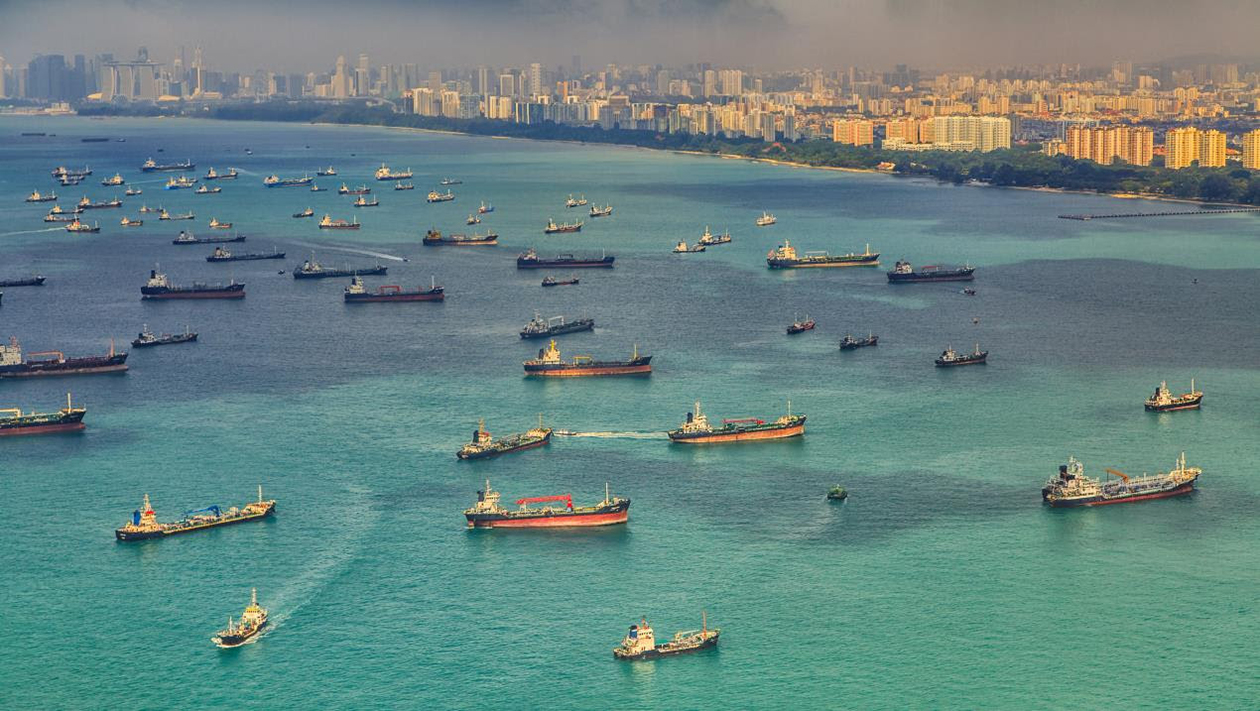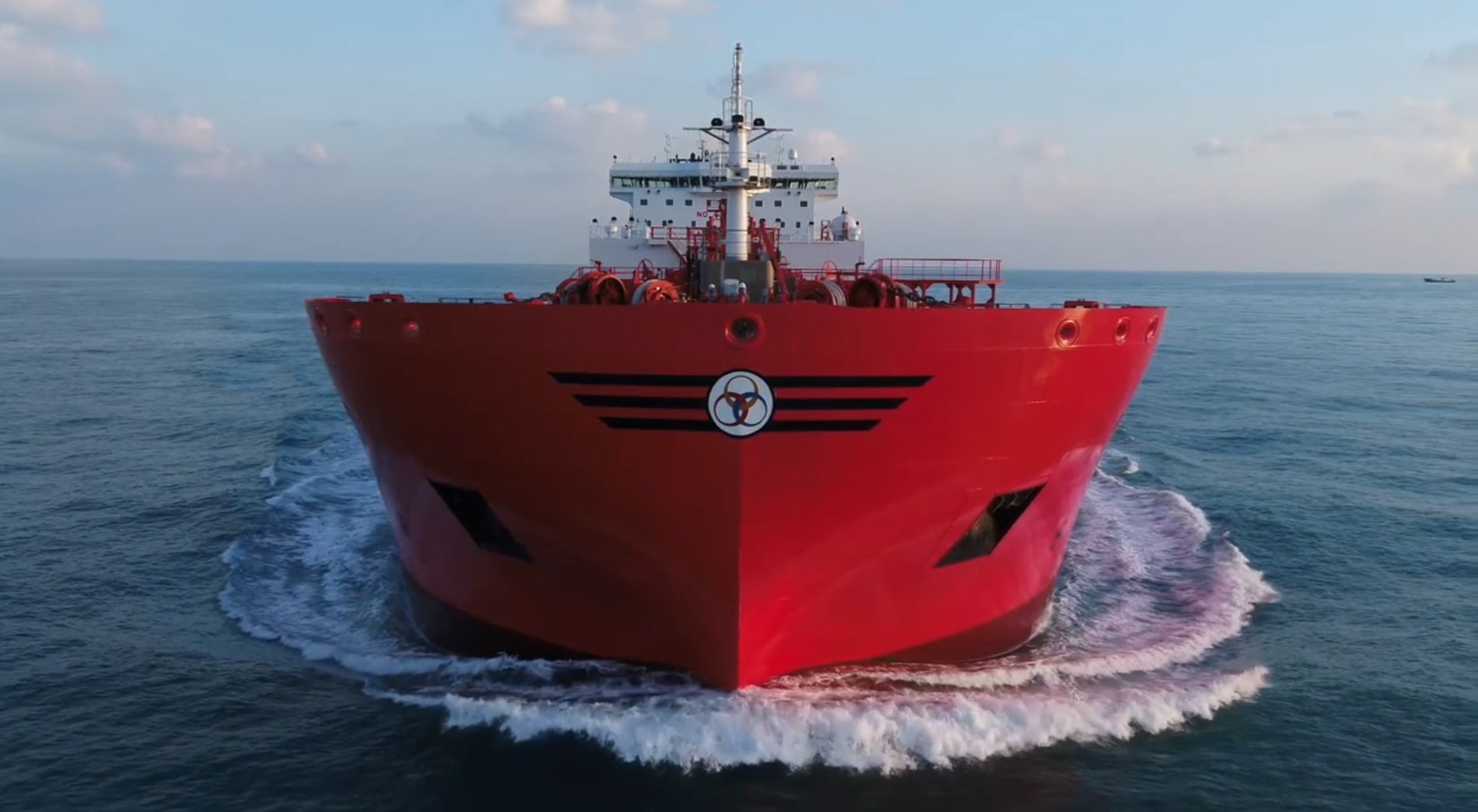With the holiday season approaching, chances are you’re planning a getaway. Was nature part of your decision-making? For most Europeans, it likely was – natural surroundings and cultural experiences rank as the top factors when choosing a destination. For consumers this time of year often brings nature’s value into sharper focus. Yet in daily life, we rarely pause to consider its role.
For companies in the food and agriculture sector, reliance on nature is gaining renewed recognition, driven by the mounting pressures of climate change, biodiversity loss, and supply chain disruptions. Yet the ecosystems and natural resources that underpin production – from clean water and fertile soil to pollination and biodiversity – remain far from structurally embedded in boardroom strategy.
As companies grapple with how to measure and manage nature-related risks, the gap between recognition and execution is becoming increasingly visible. Closing that gap will require moving beyond awareness toward meaningful, strategic integration. But the path forward is fraught with challenges, from measurement gaps to fading regulatory momentum.
With policy support weakening, the private sector will need to take the lead, or risk falling behind on one of the most critical dimensions of long-term resilience.
Is nature the next big thing?
Carbon reduction targets are now widely embedded in corporate strategies. Within sustainability departments, nature is generally seen as the next big thing. This growing focus has coincided with broader progress on environmental priorities in recent years:
• The landmark publication, the Dasgupta review, highlighted the indispensable economic value of nature in general and biodiversity in particular.
• Global initiatives such as the 2022 Kunming-Montreal Declaration set ambitious restoration targets and urged major businesses to monitor and disclose their biodiversity impacts.
• These goals were later embedded in the EU’s Nature Restoration Law in 2024.
• At the corporate level, recent annual reports from EU firms show improvements in nature-related disclosures, driven in part by the Corporate Sustainability Reporting Directive (CSRD).
Yet global coordination is strained by increasing geopolitical fragmentation, putting global nature efforts at risk. This is concerning, as organisations like WEF and PWC estimate that over half of global GDP is moderately to highly reliant on nature. The rising pressure on nature’s services poses a particular risk to food and beverage companies, as this is an industry that is highly reliant on nature.
Nature not on par with carbon
So let us zoom in more on what’s happening at the company level. Corporate commitments to nature have increased over the past years, as shown by McKinsey. Regulation has been a driver, in particular the CSRD and the EU Deforestation Regulation. But growth is happening from a low base. Across the food & agri value chain (including food retail), fewer than 50 companies globally have committed to begin reporting in line with the Taskforce on Nature-related Financial Disclosures (TNFD) framework. Benchmarks from others, like S&P and the World Benchmarking Alliance, show a similar picture. Clearly, we’re not anywhere near being on par with carbon.
Nature targets: a wild bunch
It will take a lot more effort to bring nature onto an equal footing with carbon. There is a need for common frameworks, like the Science Based Targets for Nature. A complicating factor is that nature has many more dimensions compared to carbon. Reporting standards in the EU identify three nature-related topics: 1. pollution, 2. water & marine resources, 3. biodiversity & ecosystems and all of these come with a range of underlying datapoints.
To see how companies are dealing with this, we’ve analysed the most recent annual reports from 50 large European food and beverage companies and spoken to several experts within some of these companies. What it shows us is that corporate nature targets come in many shapes and forms, just like plants and animals.
• Water. These targets are the most common in our benchmark. It’s often a material topic in double materiality assessments. Committing to water-related targets is a logical next step, also because water data is more readily available. Beverage companies are clearly more advanced in this aspect compared to food makers.
• Land use. Due to the EUDR, various companies have targets for zero deforestation or deforestation-free supply chains. This is a significant step. Aiming for zero land conversion is more ambitious but still very uncommon.
• Soil. Targets on this aspect are becoming more common, as more companies set targets to increase supply sourced from farmers who practice regenerative agriculture.
• Biodiversity. Quantitative targets on biodiversity are still quite rare within the 50 reports that we analysed.
We see progress on nature commitments within the food industry, but our analysis shows that a lot is still about learning and defining and not yet about executing. The positive thing here is that companies could follow a steeper learning curve, building upon existing knowledge and networks on carbon reduction.
Biodiversity targets: overcoming the difficulties
Companies face challenges in setting biodiversity targets, but various strategies can speed up the process.
• The dynamics between cause and effect are more complex for biodiversity compared to carbon. External developments like deforestation or pesticide use on neighbouring plots can have a big impact on whether targets on farms can be met. In such cases target setting should go hand-in-hand with engaging with neighbouring stakeholders.
• Biodiversity is difficult to substitute; you can’t offset an extinct species, so conservation efforts are critical. The EU has just released its roadmap to spur private investment in nature preservation. It’s a signal that there are opportunities ahead, especially for land-intensive sectors such as food production. But, as the think tank Bruegel points out, a lot still needs to happen before markets for nature credits can really take off.
• Compared to carbon or water, standardisation is troublesome since food and agriculture companies operate across a wide range of ecosystems leading to a variety of commitments. On biodiversity, Lantmännen, an agricultural cooperative in Sweden, monitors flower zones and skylark plots, while Leroy Seafood, a Norwegian aquaculture company, has objectives regarding the number of salmon and trout escaping from their pens.
• Setting a baseline for nature can be troublesome, especially because the biodiversity aspect is difficult to measure at scale. Instead, companies such as dairy company FrieslandCampina look at proxies that reflect the right conditions for biodiversity to thrive.
Less regulatory pressure than previously expected
Regulatory pressure on European companies to set nature targets is expected to be lighter than before, as EU bodies plan to reduce the number of firms covered by the CSRD. While large corporations will remain regulated, companies with 250–1,000 employees are excluded under current proposals, and mid-sized corporates may delay action until the final scope is agreed (likely in the fourth quarter). Additionally, the EU aims to cut mandatory CSRD data points by over 50%. Firms that have not begun compliance will likely wait to see what is required before starting data collection.
Less regulatory pressure and the uncertain macro-economic situation make it a tougher time to bring new nature commitments to executive boards. Some companies, including Acomo, Arla, FrieslandCampina, InVivo and McCain, explicitly mention that they have initiatives in the pipeline. We do not expect a significant rise in nature targets among EU companies, except where required by law, in the coming years.
Finding the C-suite sweet spot
Beyond regulation, three additional ‘Rs’ are driving food and agriculture companies to set nature-related targets. Chief among them is risk reduction, particularly in relation to supply chain vulnerabilities. A structural decline in the natural systems that support production threatens the raw materials that food and beverage processors rely on. This raises the risk that capital-intensive assets could be left (partially) idle. To mitigate this, companies are increasingly exploring ways to safeguard supply continuity.
As an industry expert recently told me, “our investments in nature are about managing risk, resilience and reputation”, while another expert said that “translating challenges around nature into quantifiable risks is a good way to get your message across because that’s the language that executives speak”.
Climate change and extreme weather events increasingly lay bare our reliance on water, soil health and pollination. Risks related to soil health and pollination are often considered more mid- to long-term risks. But water scarcity is already a pressing concern today, especially in Southern Europe and during summer. It’s why some beverage companies and meat processors acknowledge that sites in water-stressed areas can face significant production volatility. Even in typically water-rich countries like the UK and the Netherlands, both farmers and food processors are facing more frequent water availability restrictions.
Not so much of a commercial opportunity
People generally understand the value of nature. The EU’s Eurobarometer survey finds that over 90% of Europeans agree with the statement that biodiversity is important for long-term economic development and indispensable for the production of food, materials and medicine. It’s a clear indication that people are aware. But this awareness doesn’t always translate into purchasing behaviour. Price competition is fierce, and food and beverage companies that go the extra mile struggle to get consumers to pay a higher price for more nature-friendly products.
A key challenge for global companies and brands is that their sustainability efforts often remain invisible to consumers. In contrast, nature-focused initiatives are easier to communicate for businesses offering local or organic products. While some large companies are exploring ways to bring nature-related initiatives closer to their customers, the prevailing view is that greater impact lies in addressing these efforts within their supply chains.
How to avoid disillusionment
As the Dasgupta review notes, “it’s less costly to conserve nature than to restore it once damaged or degraded”. From an economist’s perspective, that makes nature the next frontier in sustainability. For food and agriculture companies, whose operations are deeply reliant on natural resources, this dependency demands a strategic response. Yet translating that into commercial action remains a tough nut to crack.
The broader policy landscape isn’t helping. The shift in public discourse from environmental priorities to security concerns does not bode well for the second half of this decade. In the terminology of Gartner’s hype cycle, are we slipping from the peak of inflated expectations into the trough of disillusionment? And if so, will we be able to navigate it quickly and reach the slope of enlightenment?
For the food & agri sector, that journey will be shaped by executives, sustainability managers, corporate clients like food retailers, and critical investors. At this juncture, they hold the key to ensuring that nature really becomes the next big thing.
And what about consumers? Our everyday choices matter. But breaking habits takes effort and constant reminders. If nature is the next big thing, it won’t be built in boardrooms alone. It’s also shaped by what we choose to buy, cook, and consume every single day.
Source: ING




